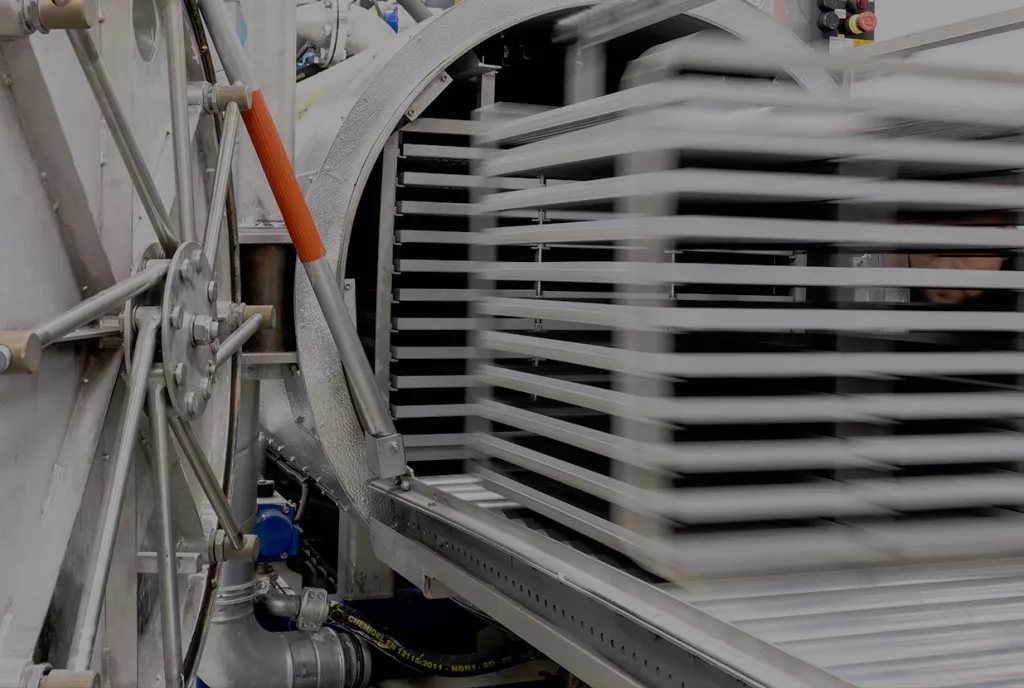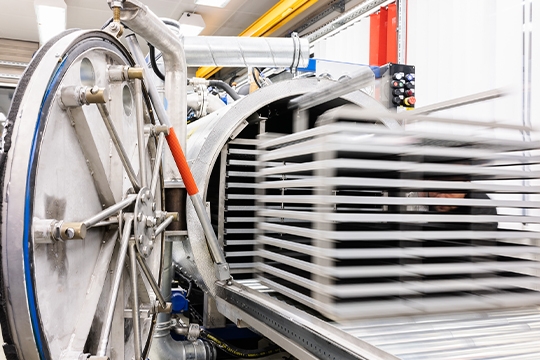Outcome
OECHSLER is a turnkey partner when it comes to injection molding solutions and operates a broad material portfolio - inlcuding polymers, metal and ceramics.
Ceramic Injection Molding enables the groundbreaking combination of design and functionality at industrialized scalability. Thus, we can manufacture highly complex geometries and a unique hybrid approach in series production.
Benefits of Ceramic Injection Molding at a glance:
- Outstanding haptics and scratch resistance
- High-temperature resistance
- Mechanical and chemical strength
- Electrical insulation
- Bio-compatibility
























